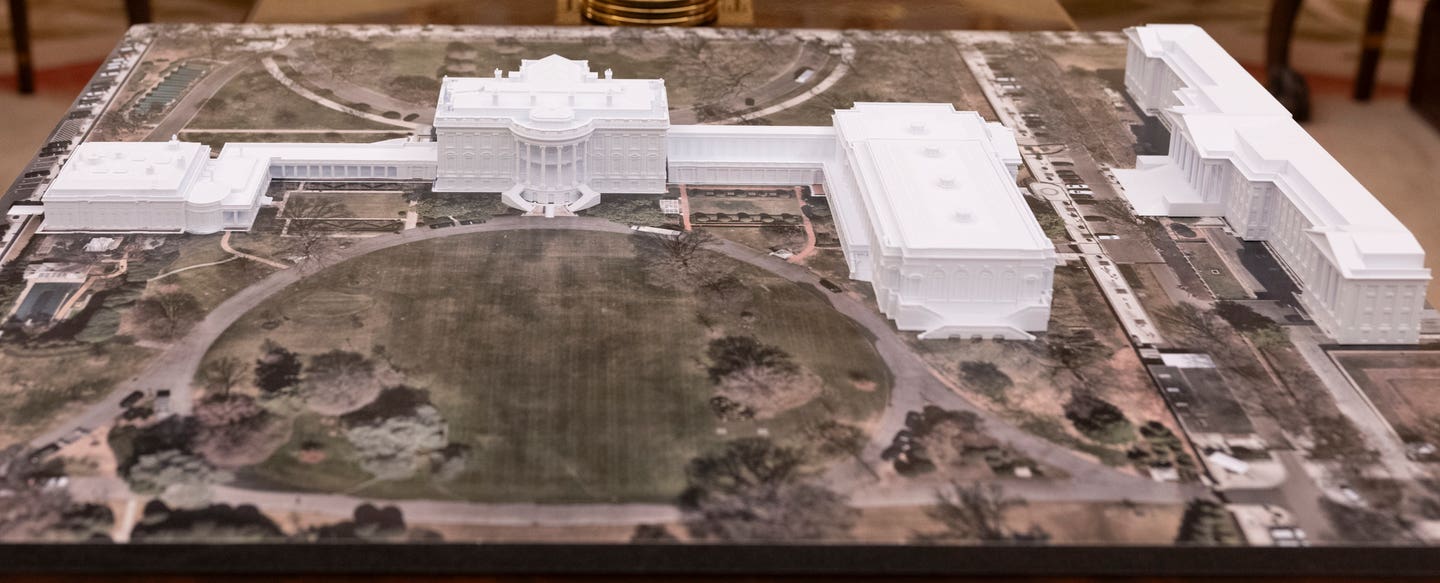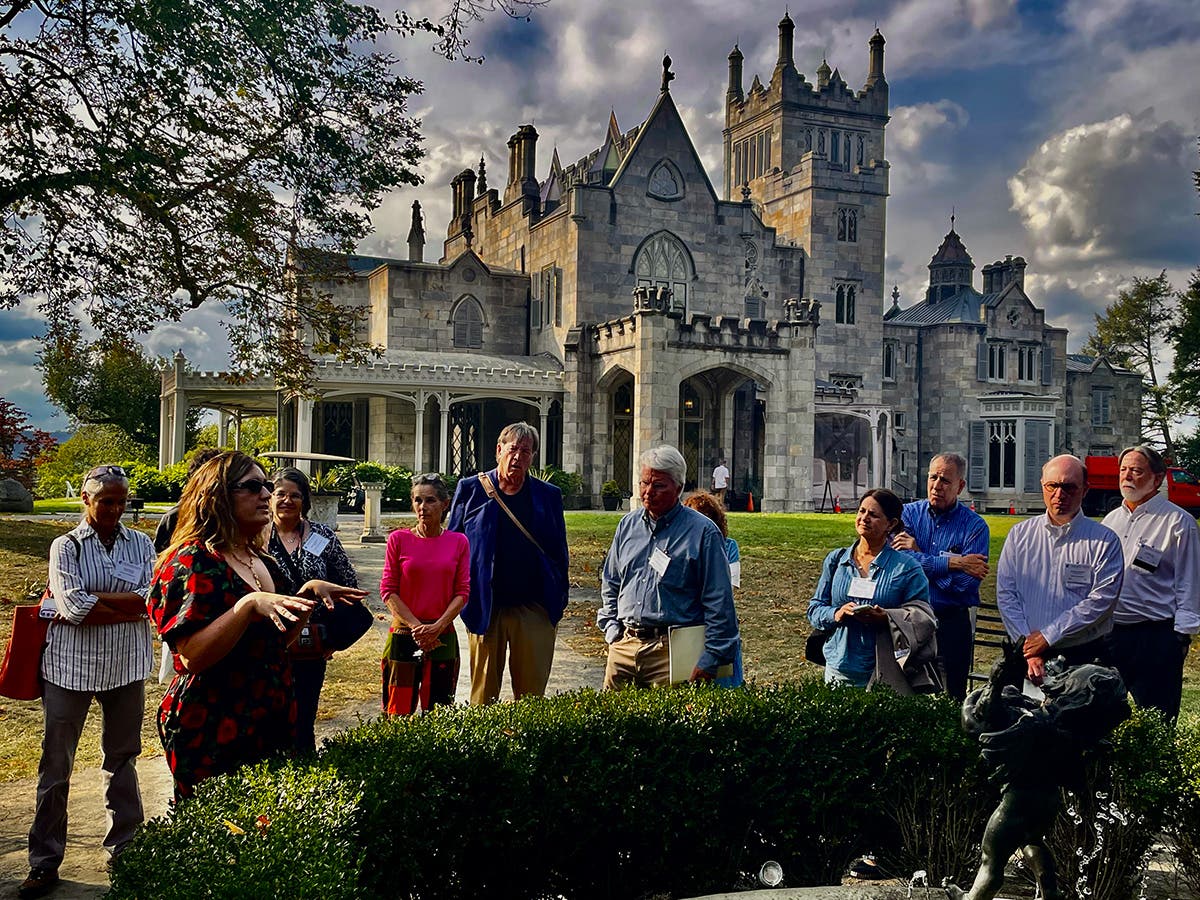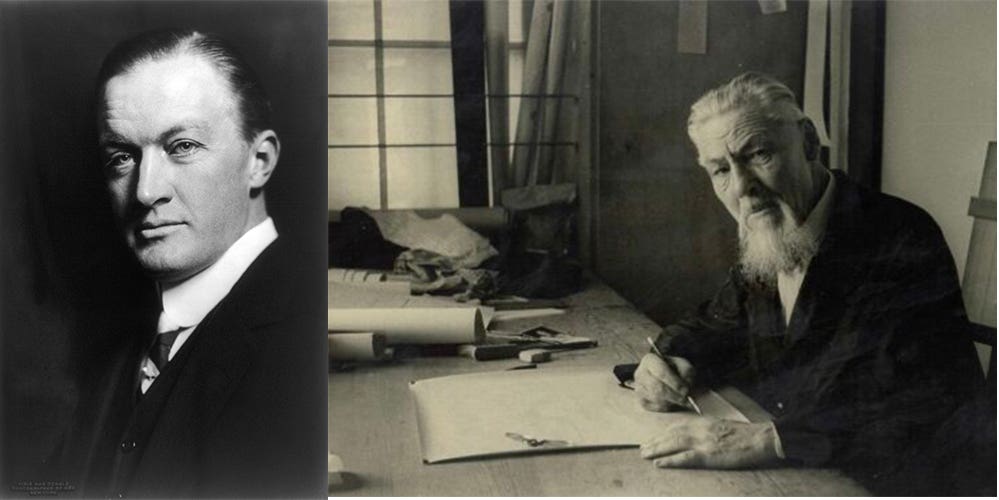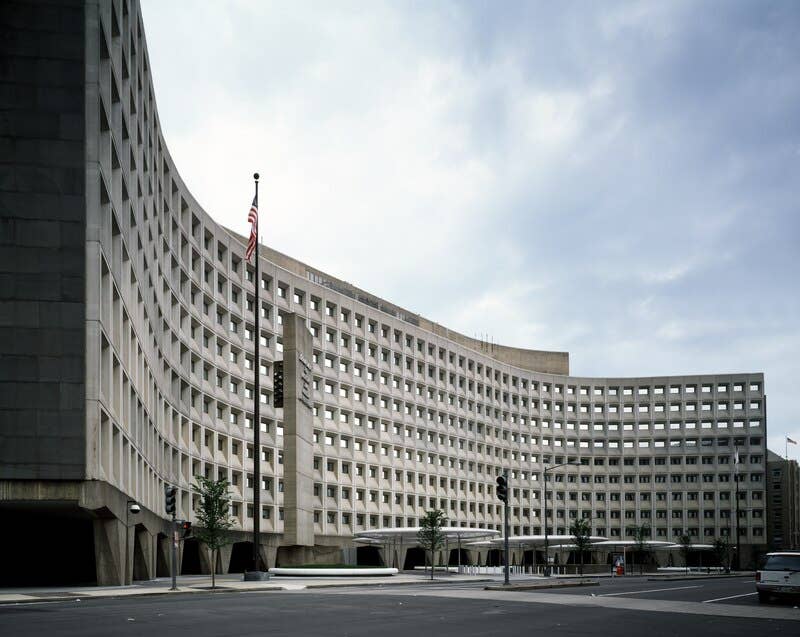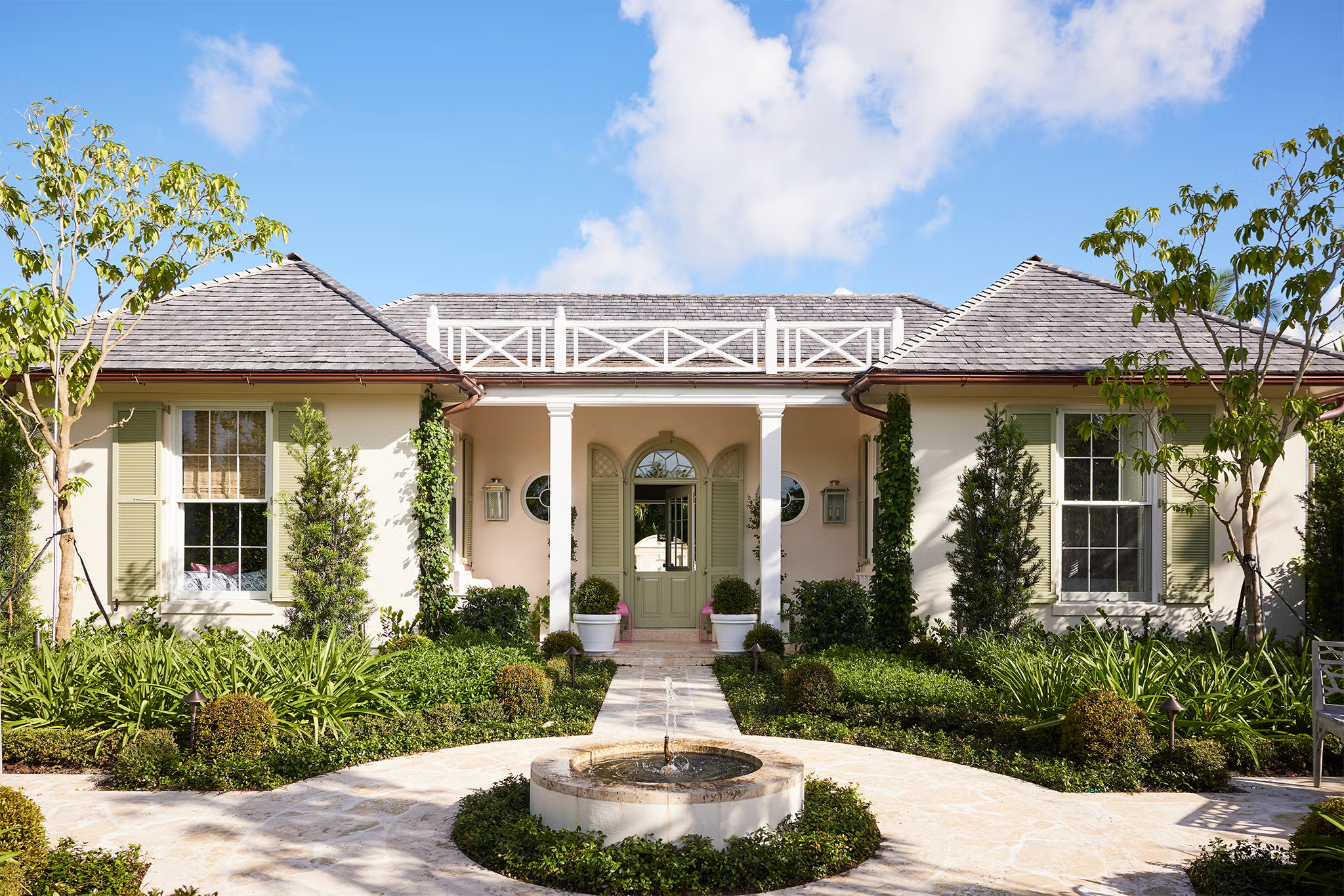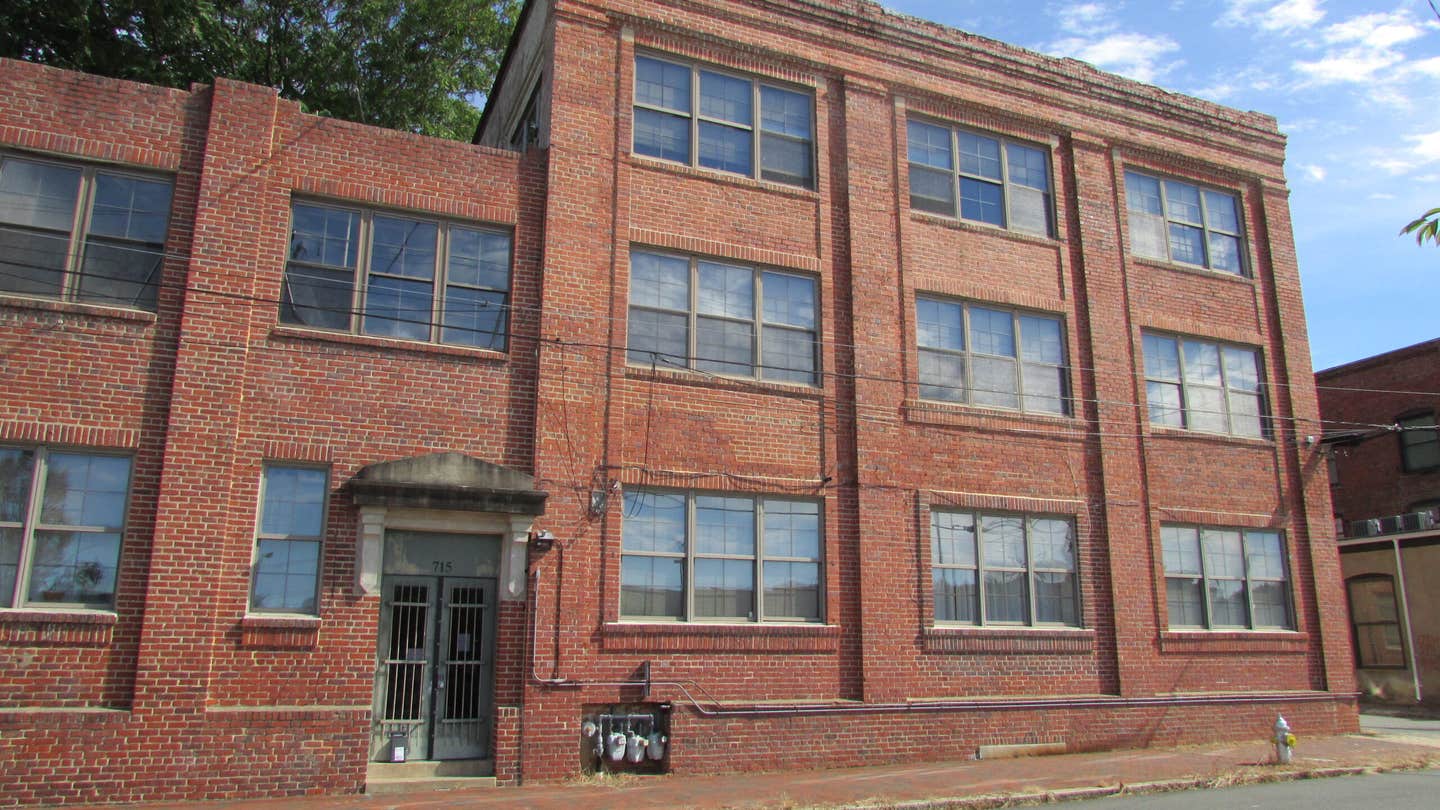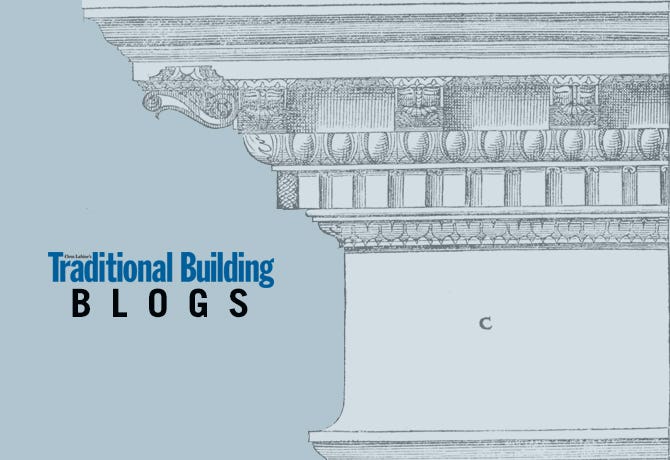
Peter Miller
A Superior Present Is Built on the Past
The theme of the American Institute of Architects’ (AIA) recent national convention in Denver was “Building Leaders: Leadership for Architecture, Leadership Beyond Architecture.” I’m not sure how the name came about, but my guess is the recession gave architects an inferiority complex.
As construction finally emerges from a recessionary storm, architects want to regain their place in the sun. Architects at the convention articulated their “commitment to spark a national discussion about the value of architecture,” in the AIA’s own language, “and the important role architects play as visionary leaders who make the world a better place.”
I caught up with several architectural luminaries at the convention and asked them what the theme meant to them. Here is what I heard.
Jonathan Spodek, AIA, associate professor of architecture at Ball State University and 2013 chairman of the AIA’s Historic Resources Committee, which held sessions at the convention that included a workshop titled “Energy Retrofits for Existing Buildings: Expanding the Role of Architects Through Opportunity and Expertise,” talked about the “relevance of preservation architects who have solutions for many of the built environment’s problems today.” Spodek stressed that ever-changing and complex energy codes will drive the market. “Preservation architects can expand their role,” he said, “by convincing building owners to save precious resources with deep energy retrofits.”
The eminent Carl Elefante, FAIA, of Quinn Evans Architects, who is also an AIA board member, told me that “architects touch so many of today’s important issues, from sustainability to community revitalization. We need to be better recognized for the solutions we provide, especially when it comes to the adaptive reuse of historic buildings. There are many more existing buildings which need upgrades than there are new buildings being built.”
Peyton Hall, FAIA, of Historic Resources Group, LLC, and an adjunct professor of architecture at the University of Southern California, thinks the next generation of architects is key. “My students get it,” he explains. “They get that historic preservation and sustainability are synonymous. Preservation values are becoming more mainstream because preservation is sustainable and sustainability is standard practice now.”
When I was not covering events sponsored by the Historic Resources Committee, I walked the exposition floor. It had a nice buzz. Conference managers told me the attendance in Denver was equal to last year’s in Washington, D.C. If true (organizers can be notoriously upbeat about those numbers!), that’s a very good sign because there are many more architects within driving distance of Washington, D.C., than Denver. The mood was upbeat, even if some exhibitors complained about spotty foot traffic. The industry wants to feel better about itself, after feeling so bad for so long.
I came upon a pleasant surprise at the Andersen Windows’ exhibit. Public relations executive Stacy Einck handed me a collection of “Home Style Pattern Books” that feature popular historic house styles from Tudor to Prairie. In the introduction to one of the books, Einck writes, “Today, there is a renewed interest in pattern books as planners and developers look to build new communities based on the successes of the past. Andersen is committed to making this type of great design more attainable through our products, tools and services.”
This is just another example of how historic architecture meets the profession’s mainstream. When large manufacturers of building materials, along with kids in school, “get it” about historic preservation, what you and I do for a living looks more viable and even more relevant in the future.
So no more inferiority complex, please!
Peter H. Miller, Hon. AIA, is the publisher and President of TRADITIONAL BUILDING, PERIOD HOMES and the Traditional Building Conference Series, and podcast host for Building Tradition, Active Interest Media's business to business media platform. AIM also publishes OLD HOUSE JOURNAL; NEW OLD HOUSE; FINE HOMEBUILDING; ARTS and CRAFTS HOMES; TIMBER HOME LIVING; ARTISAN HOMES; FINE GARDENING and HORTICULTURE. The Home Group integrated media portfolio serves over 50 million architects, builders, craftspeople, interior designers, building owners, homeowners and home buyers.
Pete lives in a classic Sears house, a Craftsman-style Four Square built in 1924, which he has lovingly restored over a period of 30 years. Resting on a bluff near the Potomac River in Washington, D.C., just four miles from the White House, Pete’s home is part of the Palisades neighborhood, which used to be a summer retreat for the District’s over-heated denizens.
Before joining Active Interest Media (AIM), Pete co-founded Restore Media in 2000 which was sold to AIM in 2012. Before this, Pete spent 17 years at trade publishing giant Hanley Wood, where he helped launch the Remodeling Show, the first trade conference and exhibition aimed at the business needs and interests of professional remodeling contractors. He was also publisher of Hanley Wood’s Remodeling, Custom Home, and Kitchen and Bath Showroom magazines and was the creator of Remodeling’s Big 50 Conference (now called the Leadership Conference).
Pete participates actively with the American Institute of Architects’ Historic Resources Committee and also serves as President of the Washington Mid Atlantic Chapter of the Institute of Classical Architecture & Art. He is a long-time member of the National Trust for Historic Preservation and an enthusiastic advocate for urbanism, the revitalization of historic neighborhoods and the benefits of sustainability, including the adaptive reuse of historic buildings.




